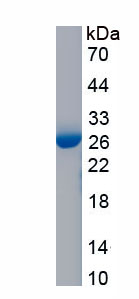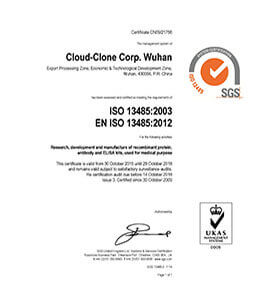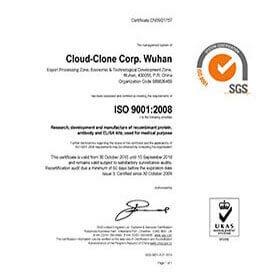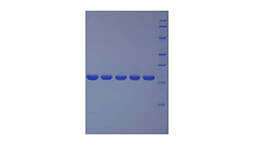Active Prolactin (PRL)
LTH; Luteotropic Hormone
- Product No.APA846Hu01
- Organism SpeciesHomo sapiens (Human) Same name, Different species.
- Buffer FormulationPBS, pH7.4, containing 0.01% SKL, 5% Trehalose.
- Traits Freeze-dried powder
- Purity> 95%
- Isoelectric Point6.8
- ApplicationsCell culture; Activity Assays.
- DownloadInstruction Manual
- UOM 10µg50µg 200µg 1mg 5mg
- FOB
US$ 190
US$ 476
US$ 952
US$ 2856
US$ 7140
For more details, please contact local distributors!
ACTIVITY TEST
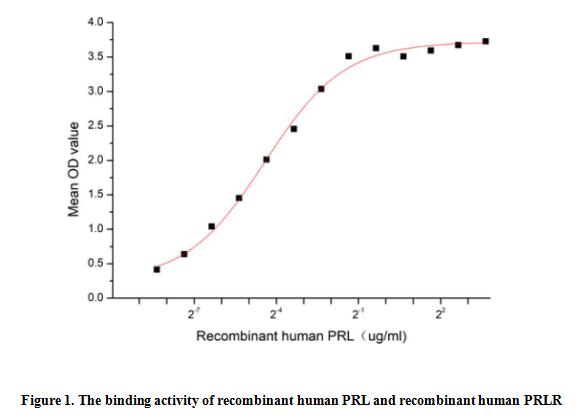
PRL (prolactin), also known as luteotropin, is a hormone secreted from the pituitary gland and is best known for its role in enabling mammals to produce milk. PRL plays an essential role in metabolism, regulation of the immune system through activating its specific membrane-anchored receptor (PRLR). A functional ELISA assay was conducted to detect the interaction of recombinant human PRL and recombinant human PRLR. Briefly, PRL was diluted serially in PBS with 0.01% BSA (pH 7.4). Duplicate samples of 100 μl were then transferred to PRLR-coated microtiter wells and incubated for 1h at 37℃. Wells were washed with PBST and incubated for 1h with anti-PRL pAb, then aspirated and washed 3 times. After incubation with HRP labelled secondary antibody for 1h at 37℃, wells were aspirated and washed 5 times. With the addition of substrate solution, wells were incubated 15-25 minutes at 37℃. Finally, add 50 µL stop solution to the wells and read at 450/630 nm immediately. The binding activity of recombinant human PRL and recombinant human PRLR was shown in Figure 1, the EC50 for this effect is 0.05 ug/mL.
USAGE
Reconstitute in 10mM PBS (pH7.4) to a concentration of 0.1-1.0 mg/mL. Do not vortex.
STORAGE
Avoid repeated freeze/thaw cycles. Store at 2-8°C for one month. Aliquot and store at -80°C for 12 months.
STABILITY
The thermal stability is described by the loss rate. The loss rate was determined by accelerated thermal degradation test, that is, incubate the protein at 37°C for 48h, and no obvious degradation and precipitation were observed. The loss rate is less than 5% within the expiration date under appropriate storage condition.
GIVEAWAYS
INCREMENT SERVICES
-
 BCA Protein Quantification Kit
BCA Protein Quantification Kit
-
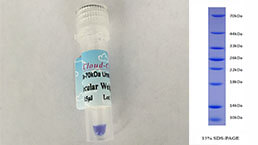 Molecular Mass Marker for Protein
Molecular Mass Marker for Protein
-
 Monoclonal Antibody Customized Service
Monoclonal Antibody Customized Service
-
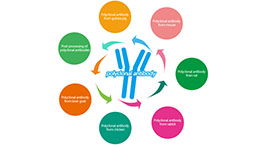 Polyclonal Antibody Customized Service
Polyclonal Antibody Customized Service
-
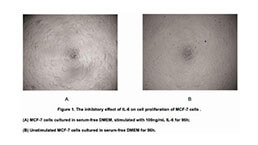 Protein Activity Test Experiment Service
Protein Activity Test Experiment Service
-
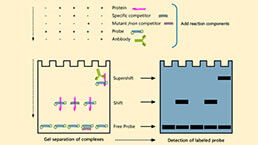 Electrophoretic Mobility Shift Assay (EMSA) Experiment Service
Electrophoretic Mobility Shift Assay (EMSA) Experiment Service
-
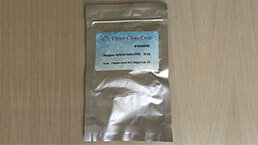 Buffer
Buffer
-
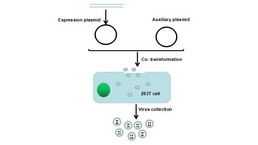 Lentivirus Packaging Experiment Service
Lentivirus Packaging Experiment Service
-
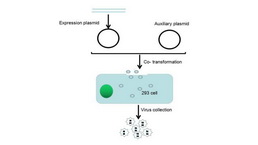 Adenovirus Packaging Experiment Service
Adenovirus Packaging Experiment Service
-
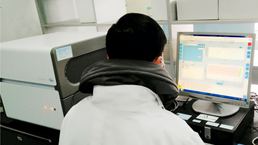 Real Time PCR Experimental Service
Real Time PCR Experimental Service
-
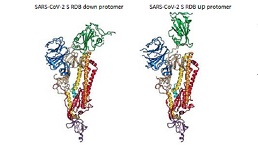 Spike RBD Protein (S-RBD)
Spike RBD Protein (S-RBD)
-
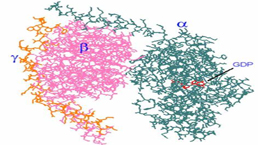 Protein G
Protein G
-
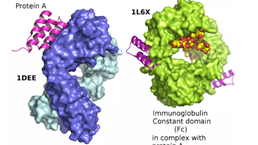 Protein A
Protein A
| Magazine | Citations |
| The Journal of Biological Chemistry | In Vivo Evidence for Epidermal Growth Factor Receptor (EGFR)-mediated Release of Prolactin from the Pituitary Gland Jcb: 39297 |
| Journal of Clinical Neuroscience | TLR9 expression is associated with prognosis in patients with glioblastoma multiforme ScienceDirect: S0967586811003572 |
| Sensors and Actuators B: Chemical | Determination of prolactin hormone in serum and urine using an electrochemical immunosensor based on poly(pyrrolepropionic acid)/carbon nanotubes hybrid modified electrodes Sciencedirect:S0925400514000720 |
| Veterinary Word | Effect of extended photoperiod during winter on growth and onset of puberty in Murrah buffalo heifers Pubmed:27051212 |
| Journal of Dairy Science | Effect of thermal stress on physiological, hormonal and haematological parameters in Tharparkar and Karan Fries calves publication:306322503 |
| Stem Cell Research & Therapy | Differentiation of human umbilical cord Wharton’s jelly-derived mesenchymal stem cells into endometrial cells pubmed:29096715 |
| Stem Cell Research & Therapy | The role of mesenchymal stem cells in chemotherapy-induced gonadotoxicity Pubmed:30021657 |
| Frontiers in Molecular Neuroscience | Impact of Triclosan on Female Reproduction through Reducing Thyroid Hormones to Suppress Hypothalamic Kisspeptin Neurons in Mice Pubmed:29403355 |
| Toxicology and Applied Pharmacology | The antipsychotics sulpiride induces fatty liver in rats via phosphorylation of insulin receptor substrate-1 at Serine 307-mediated adipose tissue insulin resistance Pubmed:29551354 |
| Journal of Cellular Biochemistry | The prolactin‐release inhibitor paeoniflorin suppresses proliferation and induces apoptosis in prolactinoma cells via the mitochondria‐dependent pathway Pubmed:29388711 |
| Journal of Cellular and Molecular Medicine | Metformin inhibits growth and prolactin secretion of pituitary prolactinoma cells and xenografts Pubmed: 30334324 |
| BMC Veterinary Research | Hormonal and metabolic indicators before and after farrowing in sows affected with postpartum dysgalactia syndrome Pubmed: 30404636 |
| International Journal of Basic and Clinical Endocrinology | Expression of prolactin receptors in the duodenum, kidneys and skeletal system during physiological and sulpiride-induced hyperprolactinaemia Pubmed: 30143940 |
| MORPHOLOGY AND PATHOMORPHOLOGY | Morphological and Biochemical Characteristics of Prostate Hyperplasia during Sulpiride Treatment Pubmed: 32152847 |
| JOURNAL OF DAIRY SCIENCE | Effect of heat stress during the early and late dry period on mammary gland development of Holstein dairy cattle Pubmed: 32684470 |
| BioMed Research International | Pathophysiological Changes in Female Rats with Estrous Cycle Disorder Induced by Long-Term Heat Stress Pubmed: 32685488 |
| Vet Microbiol | Prolactin affects the disappearance of ALV-J viremia in vivo and inhibits viral infection 34391195 |
| Antioxidants (Basel) | Effects of a Nanoencapsulated Moringa Leaf Ethanolic Extract on the Physiology, Metabolism and Reproductive Performance of Rabbit Does during Summer 34439574 |
| Nutrients | Yogurt Enriched with Inulin Ameliorated Reproductive Functions and Regulated Gut Microbiota in Dehydroepiandrosterone-Induced Polycystic Ovary Syndrome Mice Pubmed:35057459 |


